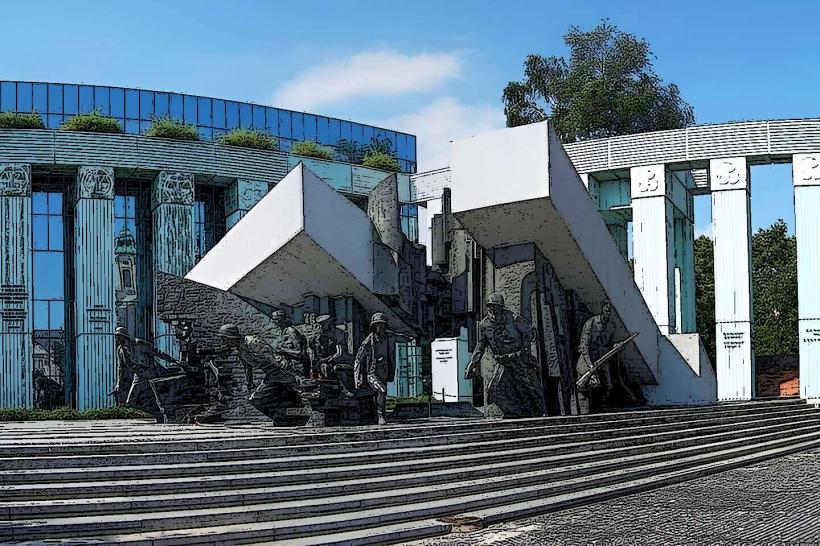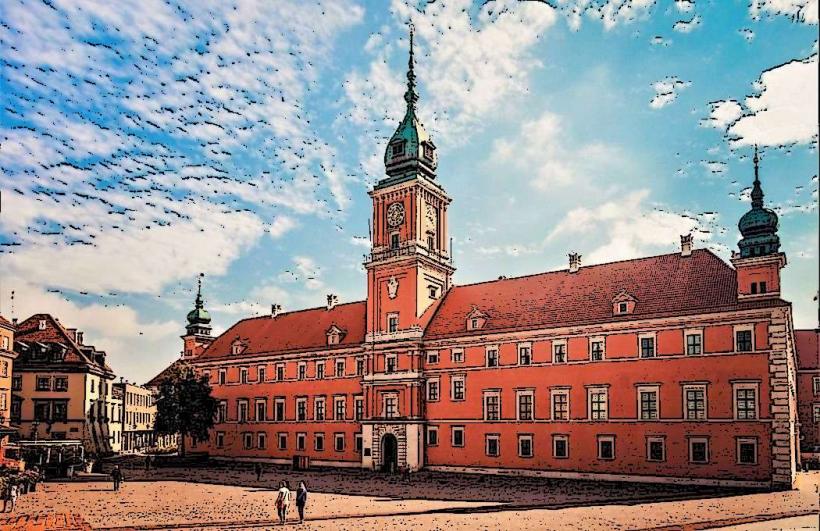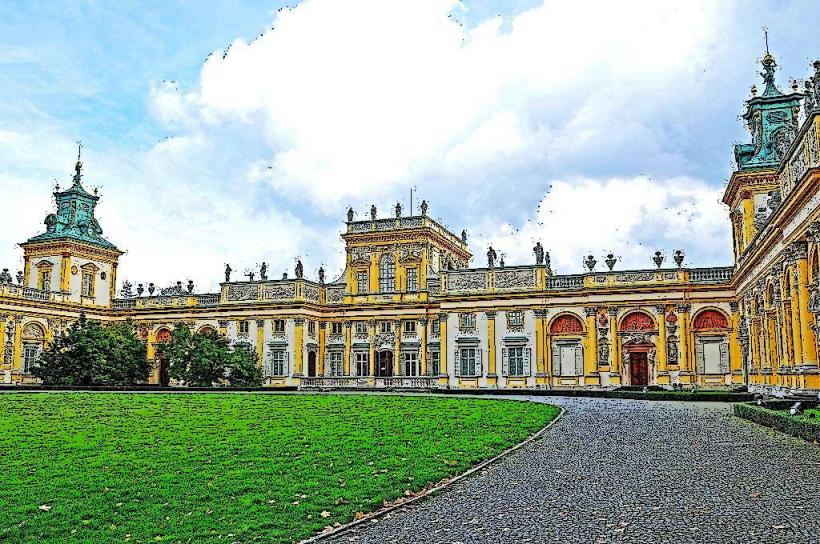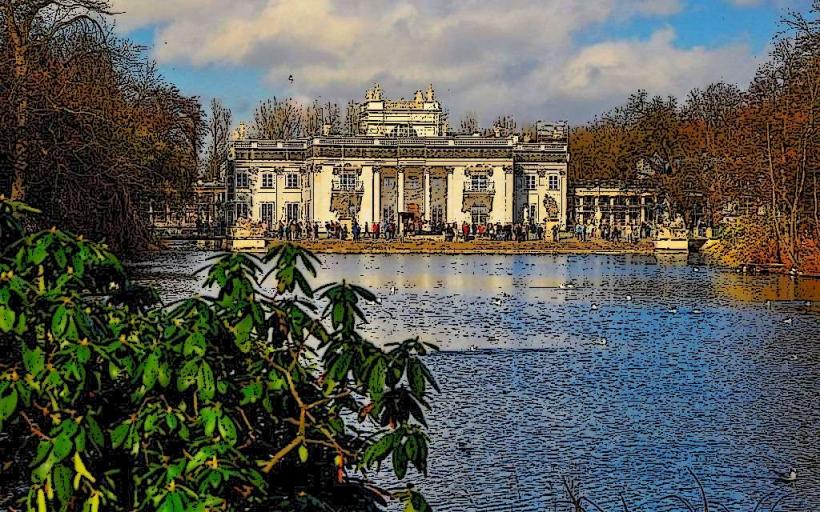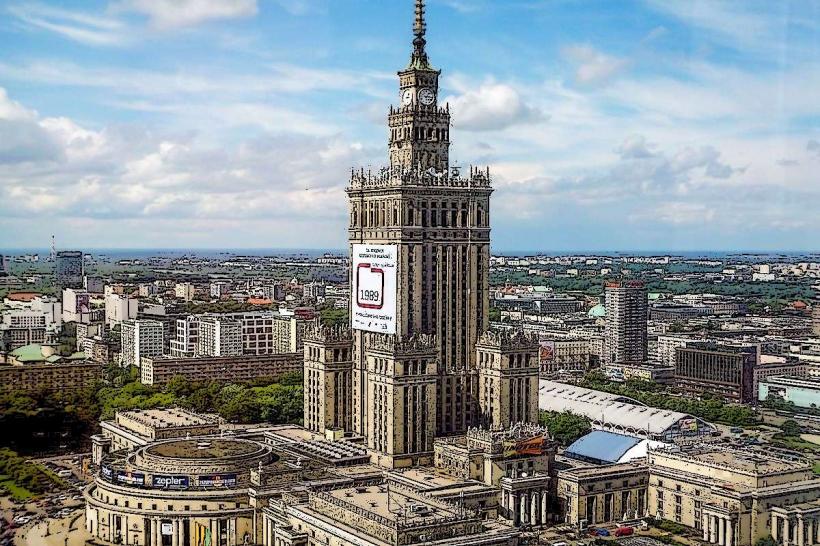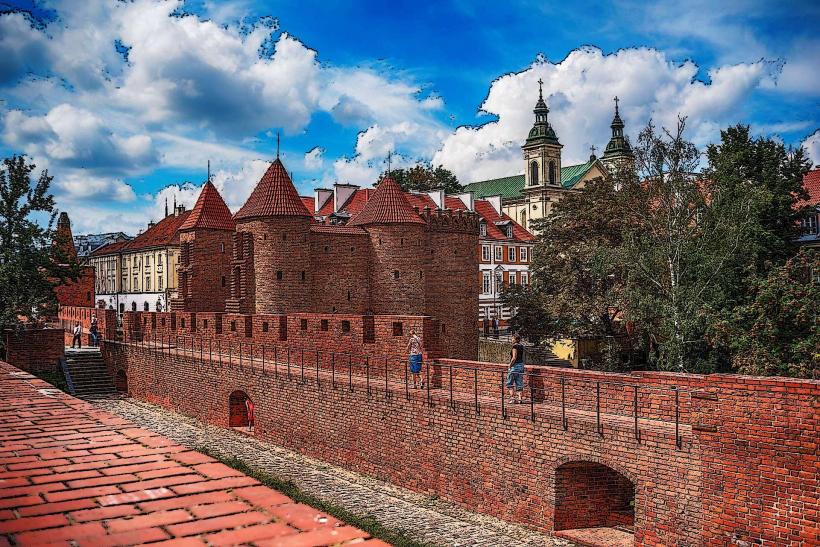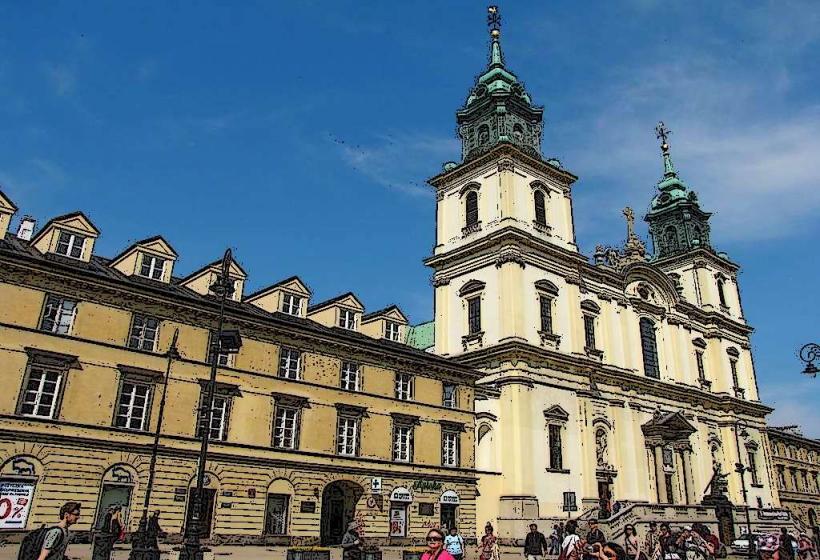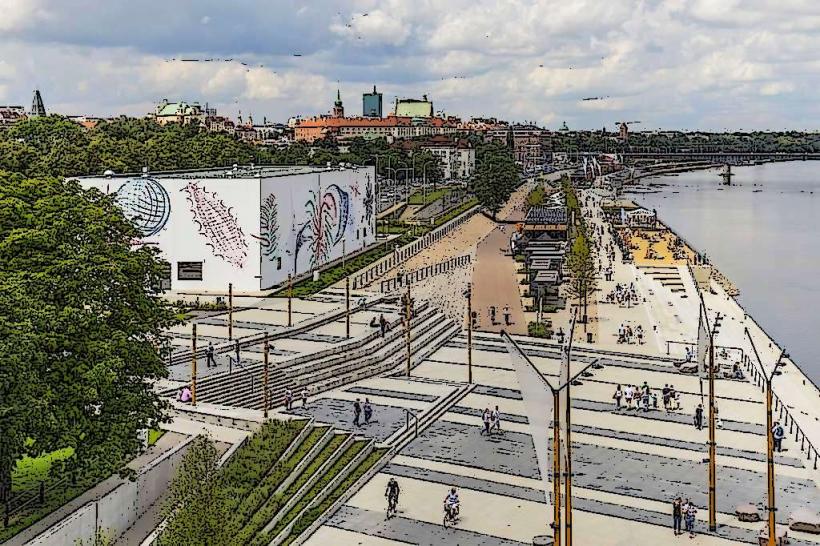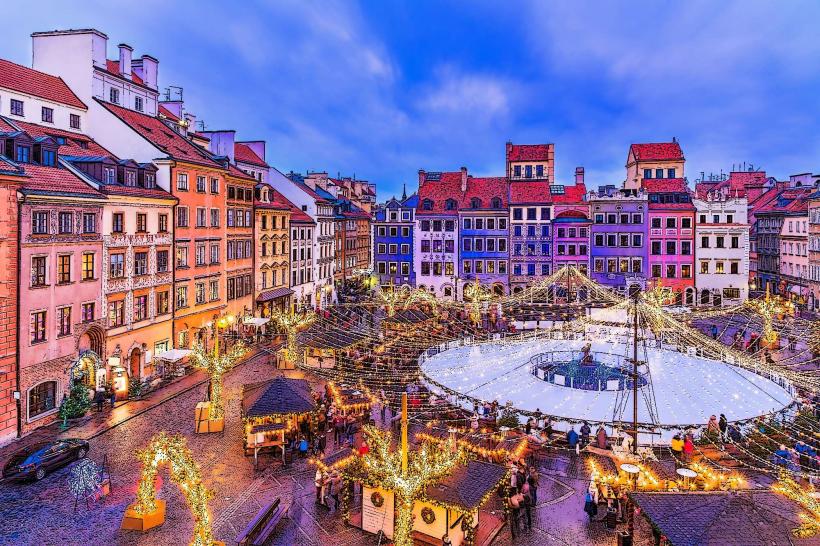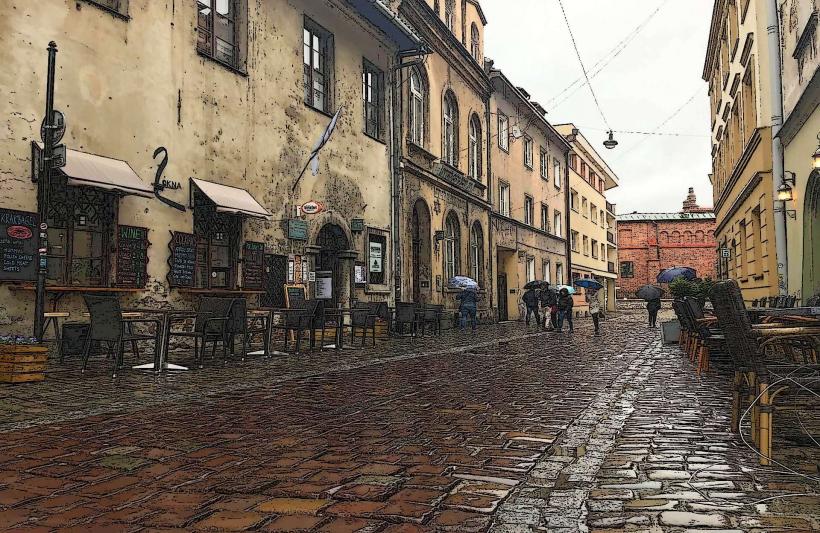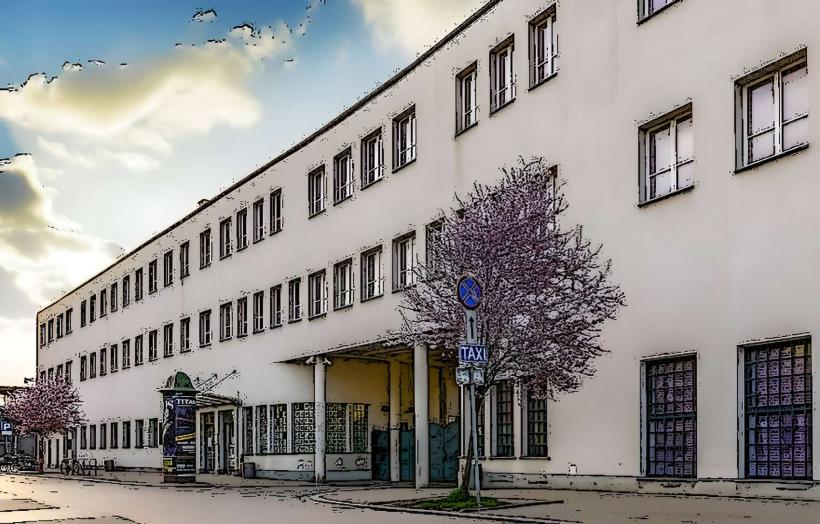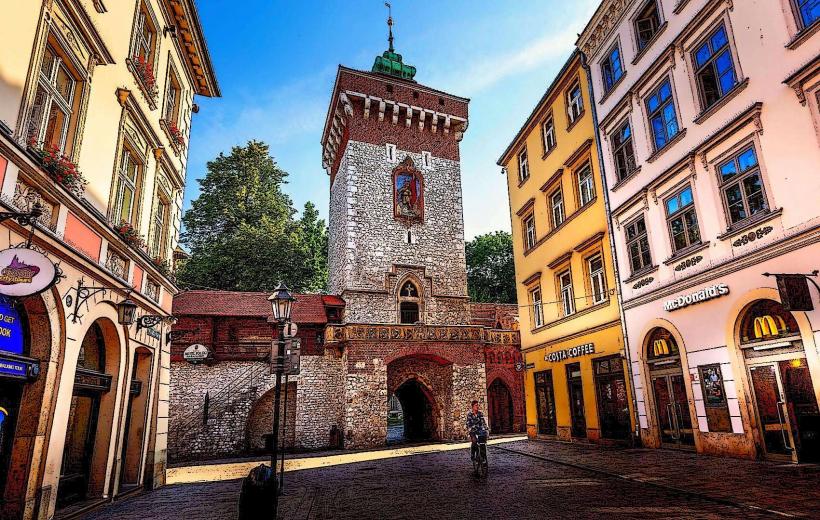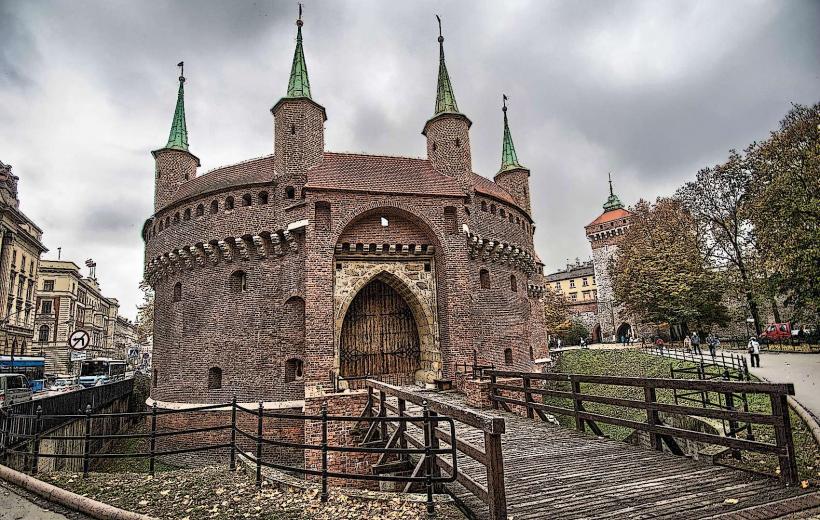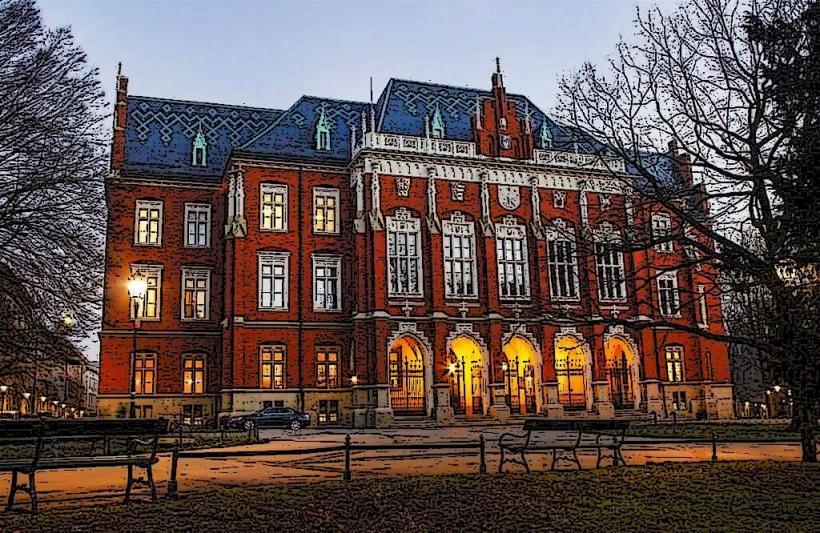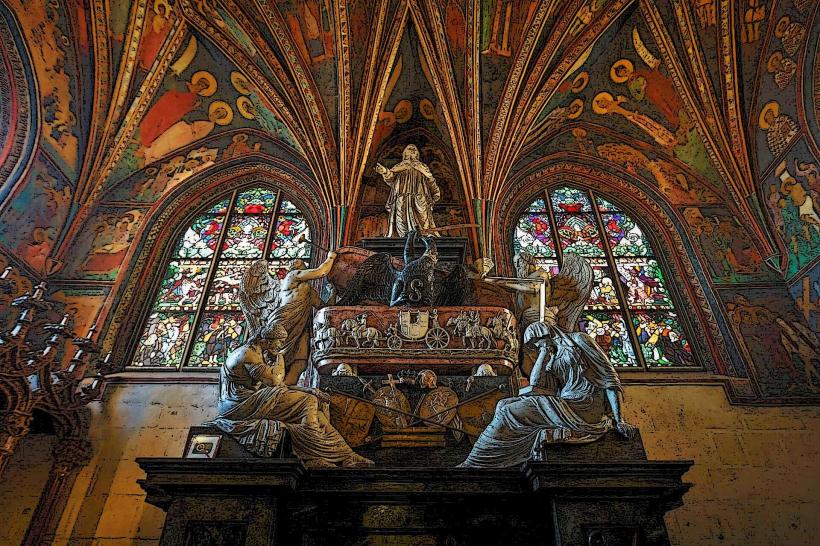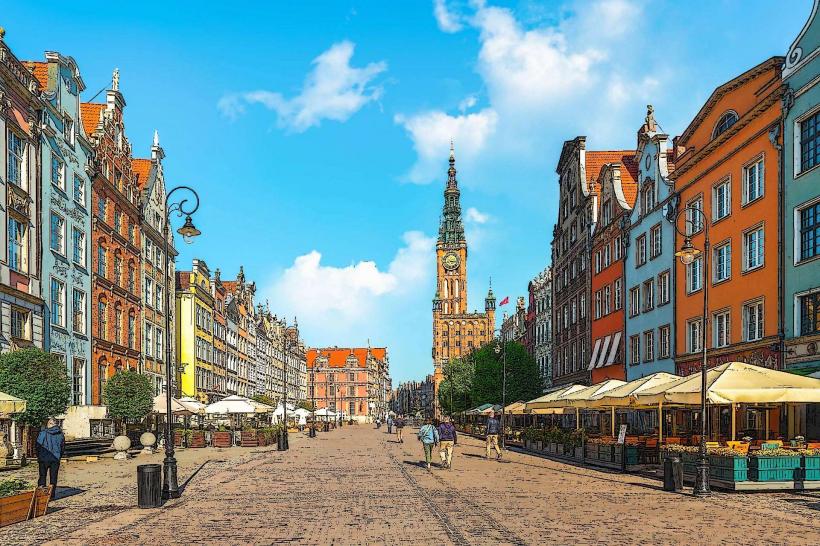Information
Landmark: Sigismund's ColumnCity: Warsaw
Country: Poland
Continent: Europe
Sigismund’s Column (Polish: Kolumna Zygmunta) is one of the most iconic landmarks in Warsaw, Poland, located in the Castle Square (Plac Zamkowy) in front of the Royal Castle. It is a monument dedicated to King Sigismund III Vasa, the monarch who moved the capital of Poland from Kraków to Warsaw in 1596. The column is a symbol of the city and the Vasa dynasty’s influence on Poland.
History and Significance
Sigismund’s Column was erected in 1644 to commemorate King Sigismund III Vasa, who reigned from 1587 to 1632 and played a pivotal role in Polish history.
Commissioning of the Monument: The column was commissioned by the Sejm (the Polish parliament) in honor of King Sigismund III. The decision to erect the monument came after his death in 1632, but it took more than a decade for it to be completed.
Historical Context: Sigismund III Vasa is most famous for his decision to move the royal capital from Kraków to Warsaw, marking a significant shift in Polish history and politics. He also played a key role in shaping Poland’s political and military landscape during the early 17th century. The column, therefore, symbolizes both his personal legacy and the political and cultural transformation of the Polish-Lithuanian Commonwealth.
Design and Architecture
Sigismund’s Column is a striking piece of Baroque architecture, designed by Constantin Tencalla, an Italian architect and sculptor who worked in Poland.
Column and Base: The column is made of granite and stands approximately 22 meters (72 feet) tall, including the statue of the king. It is topped with a statue of Sigismund III Vasa himself, who is depicted holding a sword in his right hand and a scepter in his left, symbolizing his royal power and authority. The statue is bronze and stands on a high stone pedestal.
Base of the Monument: The base of the column is a rectangular stone pedestal, decorated with sculpted reliefs that represent important events from Sigismund III’s reign. The column’s design follows the classical and Baroque traditions, with its combination of grand proportions and elegant detailing.
The Statue of Sigismund III: The statue of the king was created in 1690 by the sculptor Tymoteusz Zuchowski, although the column itself was constructed earlier. The statue is one of the key features of the monument and serves as a reminder of Sigismund's importance in the history of Poland.
Symbolism
Sigismund’s Column has come to represent several key themes in Polish history:
The Move of the Capital: The column symbolizes Sigismund III Vasa’s decision to relocate the capital from Kraków to Warsaw, a move that greatly influenced the development of Warsaw as the political and cultural heart of Poland.
Royal Power: The monument stands as a symbol of the power and authority of the Polish monarchy during the Vasa dynasty. Sigismund III is depicted as a powerful king, holding a scepter and sword, which are symbols of royal rule.
Polish-Lithuanian Commonwealth: Sigismund III Vasa's reign marked a period of consolidation in the Polish-Lithuanian Commonwealth, and the column can be seen as a reminder of the grandeur of the Commonwealth at its height.
Warsaw’s Identity: The column is an important part of Warsaw's historical identity, as it stands in the city’s central square, visible to all who pass through. It has become a symbol of Warsaw’s resilience and its role as the capital of Poland.
Destruction and Reconstruction
Like much of Warsaw’s historic architecture, Sigismund’s Column suffered significant damage during World War II.
World War II: During the war, the column was damaged and the statue of Sigismund III was removed by the Germans, likely to be melted down for its bronze. However, the pedestal and the column itself survived the destruction of the city, although they were in poor condition.
Post-War Reconstruction: After the war, in the 1950s, the monument was reconstructed as part of the larger effort to rebuild Warsaw’s Old Town, which had been devastated during the conflict. The statue of Sigismund III was also recreated in bronze, using the original designs and based on photographs of the pre-war monument.
Location and Role Today
Sigismund’s Column stands in front of the Royal Castle in the heart of Warsaw’s Old Town, in the city’s Castle Square.
Castle Square: The column is located in one of the most significant and symbolic squares in Warsaw, just steps away from the Royal Castle, which was the seat of Polish kings for centuries. The square is one of the busiest and most visited parts of the city, making the column a prominent landmark.
Symbol of Warsaw: Today, Sigismund’s Column is one of Warsaw’s most recognizable landmarks. It stands as a tribute to Poland's royal past, the city’s resilience during the war, and the significance of the Vasa dynasty in shaping Poland's history.
Tourist Attraction: The column is a major tourist attraction in Warsaw, drawing visitors who want to learn more about Poland’s monarchy and the city’s rich history. It is often photographed by tourists and remains a central feature of any visit to Warsaw’s Old Town.
Conclusion
Sigismund’s Column is a significant historical and cultural monument in Warsaw, commemorating King Sigismund III Vasa and his role in shaping Poland’s history. As a symbol of Warsaw’s transformation, Polish monarchy, and the Vasa dynasty, it stands as an enduring reminder of the city’s past. The column’s resilience through the destruction of World War II and its reconstruction underscores the city’s ability to preserve and honor its historical heritage. Today, Sigismund’s Column remains a central feature of Warsaw’s Castle Square, attracting visitors and symbolizing the strength and continuity of Poland’s royal legacy.

